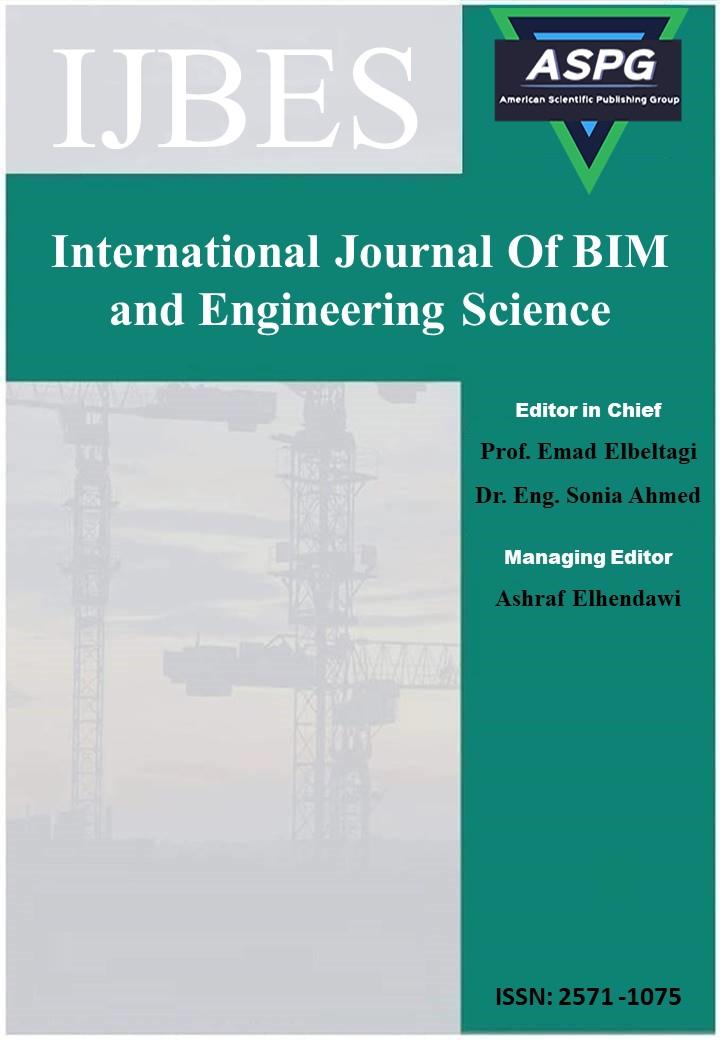

Despite the benefits of Building Information Modelling (BIM), the adoption level of BIM remains much lower than expected. Construction companies should appraise the existing condition in the BIM implementation to ascertain the applicable progress avenues that fit the user’s traits. To achieve this aim, the objectives of this paper are i) to identify the trends of BIM maturity studies ii) to conceptualise what is BIM maturity; iii) to identify the existing models of BIM maturity iv) to identify the indicators for measuring BIM maturity in the company, the project and the industry. A systematic review was conducted on BIM maturity articles, published in the Scopus database from 2008 to April 2018. The results reveal that most BIM maturity studies are dominated by authors from the United Kingdom and the United States, but the top three authors highly-cited were from Australia, Canada and the United Kingdom. The results highlight four aspects in the conceptualisation of BIM maturity: quality of use, the extent of use, the context of use and stages of the processes. The four most frequently quoted BIM maturity models are the National BIM Standard Capability Maturity Model, BIM maturity, BIM proficiency matrix and BIM implementation models. The results revealed seven major indicators for assessing BIM maturity namely information, people, policy, process, technology, organisation and BIM output. The findings advance the practitioners’ understanding of important indicators that must be considered to initiate or increase the BIM maturity levels in their respective companies or projects.
Read MoreDoi: https://doi.org/10.54216/IJBES.010101
Vol. 1 Issue. 1 PP. 6-19, (2018)
The Architectural, engineering, and construction (AEC) industry projects in Syria struggled with myriad problems. However, Building Information Modelling (BIM) technology worldwide proves its capability to solve these issues, Syrian AEC companies are rarely using BIM. Therefore, the aim of this study is to improve the BIM performance in Syrian AEC companies which are already in the BIM zero level and to provide strategies to the companies which do not use BIM for BIM adoption in their projects. An extensive literature review has been conducted to investigate the latest strategies and frameworks to implement and improve BIM performance. In addition to, an online questionnaire analysed by SPSS software and Excel to develop the suggested framework. Furthermore, the General Company for Engineering Studies and Consultations (GCEC) is selected as a case study to validate the framework. This study assessed and enabled the company to improve its BIM performance by using BIM maturity matrix (BIM3) through three stages: 1) Identified BIM and its performance, 2) Performance measurement, 3) Performance improvement. This study provides a new and novel companies’ BIM performance improvement framework which consisted of three fields: policy, process, and technology. The results of this study assisted to identify, obtain, and improve BIM interactions between individuals and companies to enhance the collaboration between all project participants. The future research will attempt to test and validate the proposed framework for private sector companies.
Read MoreDoi: https://doi.org/10.54216/IJBES.010102
Vol. 1 Issue. 1 PP. 20-41, (2018)
The crucial need for innovative sophisticated, and complex Architectural, engineering, and construction (AEC) industry projects with in-depth details makes traditional methods inappropriate for the completion of projects with desired efficiency, performance and productivity. Therefore, AEC projects in Syria suffered from myriad issues such as Behind the Schedule, over budget, inferior quality, low productivity, without sustainability and more. However, Building information Modelling (BIM) proves its capability to solve these issues. The aim of this study is to identify the obstacles and the critical influencing factors for applying BIM in Syria in the AEC industry. Extensive investigation for literature review and structured online questionnaire designed to achieve the study’s aim. SPSS and Excel were used to analyze the results. This study classified the obstacles related to three category: 1) Planning, Design and Auditing systems, 2) BIM System, 3) Management, Financial and Legal factors. In spite of, the government and clients play the vital role to mandate BIM, the mixed approach (top-down and bottom-up) is recommended to expedite BIM implementation. This study provides a novel contribution by identifying the main obstacles and developing new strategies for applying BIM in AEC and reconstruction which enhance projects quality, performance and efficiency.
Read MoreDoi: https://doi.org/10.54216/IJBES.010103
Vol. 1 Issue. 1 PP. 42-64, (2018)